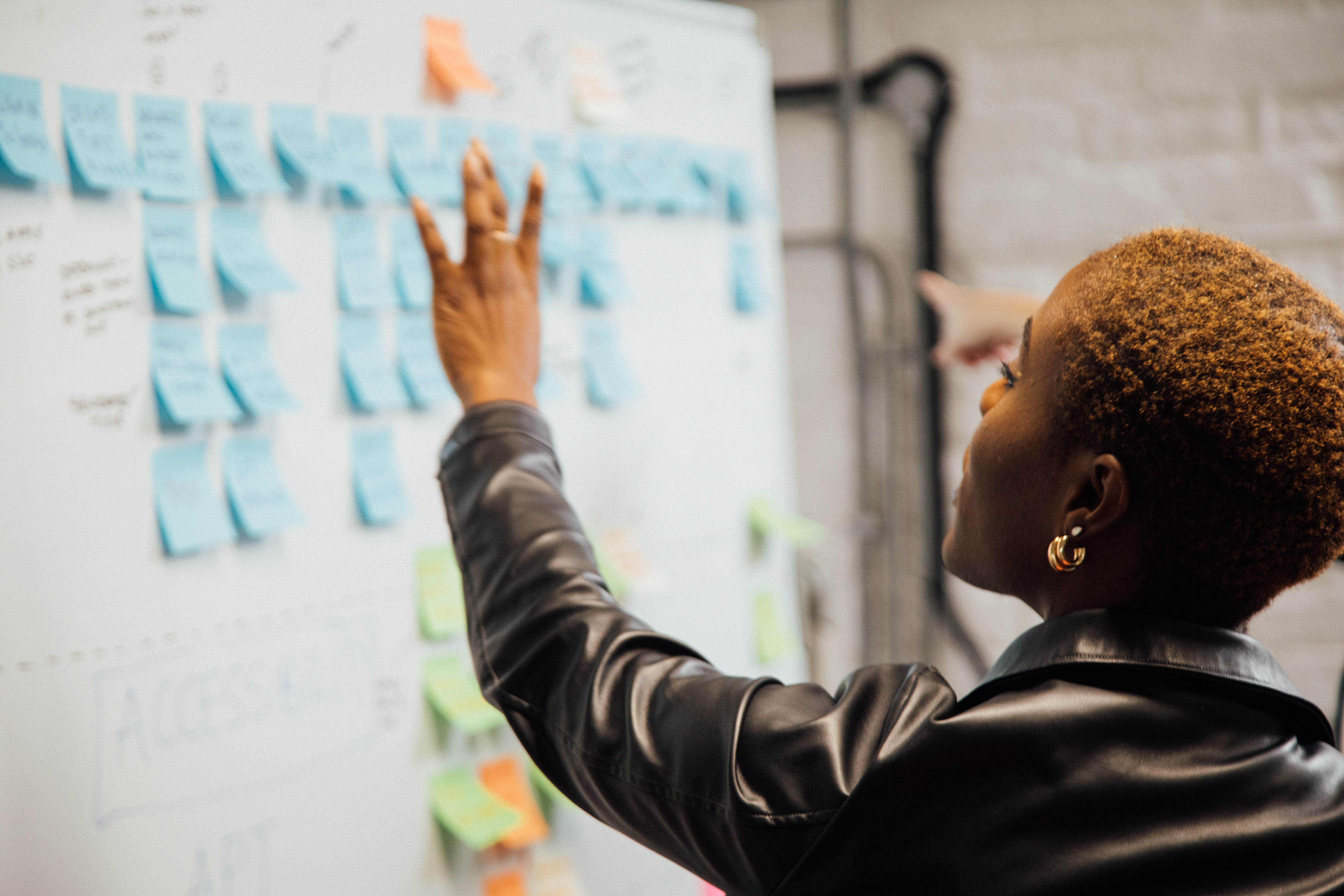On the 15th and 16th of March, Deque Systems hosted the world’s largest digital accessibility conference for the third year running. It’s a free conference that practises what they preach. You feel fully immersed in an accessible and inclusive space that allows you to maximise your learning experience.
There are mostly 4 different talks going on at the same time. Each focuses on a particular area including development, design, organisation success and a wildcard subject like gaming. Every session is recorded so you needn’t worry about missing out. This means you can go through at your own pace and take breaks when/if you need to.
The videos also include captions, American Sign Language (ASL) interpreters and a streamtext transcription. During the live session, there is a moderated chat room where you can provide feedback and ask questions.
Often presenters will describe their appearance and preferred pronouns when introducing themselves. Whilst presenting, they will describe images on their slides, and prewarn about animations or sensitive subjects so you can take alternative action.
This considerate approach makes you feel included, yet recognises other people in the room are different or have different needs than yourself. Which is exactly what this conference is about, making sure we provide digital experiences for everyone.
As Eve Andersson said in her talk ‘Accessibility at Google: Lessons Learned’, working on accessibility can be hard because you can’t control everything. There is no silver bullet and it can’t be achieved by just one person or one department. Accessibility needs to be systemically implemented.
This was a common thread throughout many of the talks. In Imani Barbarin’s empowering talk ‘Narrative Changes on Disability’, she emphasised that we need to create a culture of accessibility, not just accessible tools.
Andersson said Google did this by creating a path where things can be incrementally changed. Over several years, they built awareness and internal partnerships, implemented education, and created support systems. They integrated it into internal tooling and processes such as hiring and onboarding.
This was echoed by Aaron Gustafson, Microsoft’s Principal Accessibility Innovation Strategist, in his talk ‘Accessibility Beyond Code Compliance’. Companies can utilise an accessibility developer’s knowledge by aligning them with designers, product teams, testers, HR and more. Their feedback and recommendations can discover potential hazards early, identify bias, help establish guidelines and improve morale.

Tackling accessibility disparity systemically will not only result in creating improved accessibility in your products. It will create a more inclusive, diverse and accommodating workplace.
Anna Cook explained how creating more cognitive inclusion will improve everyone’s ability to communicate, focus, learn, remember and make decisions. For example, people might focus better with no stimuli, such as working in a quiet home environment. Others may need some soothing music, and some may find a busy office sustains their attention.
Cook’s talk ‘Microsoft Inclusive Design: The Cognitive Model’ noted that when we have a mismatch of human interactions, we create disability. Exclusion happens when you don’t deliberately work against it.
The talk ‘Redesigning for Cognitive Ease’ Alyssa Panetta delivered provided a real-life experience of how her brain tumour resulted in cognitive dysfunction. As a web developer and designer it highlighted the need to support adaptation and personalisation in her working environment and websites.
Michele Williams’ session explained how including people with disabilities at the very start of the product development cycle, not at the end, will provide diverse perspectives and experiences. This will provide a complete research data set, breed innovation and help prevent costly patchwork fixes.
– Accessibility is more than a checkbox. It’s more than code compliance. It’s not something to squeeze in at the end of making a product.
– It’s a way to allow people and companies to be their best selves. This way, we can create superior solutions, effective processes, and healthier environments together.
– No matter your position or role in a company, you can advocate for accessibility just by asking constructive questions. Some answers might not be known, or even disparaging, but it will highlight areas for improvement.
– Make sure to celebrate accessibility wins. Acknowledge how it benefits everyone, internally and externally.
If you are interested in understanding more about how our experienced team of researchers and designers can support you in making more accessible products, get in touch with hedgehog lab now.